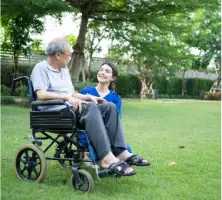Aspect | Autograft | Allograft | Hybrid Graft |
Graft Source | Taken from the patient's own body (eg- quadriceps, hamstring, and patellar tendon) | Taken from a donor cadaver. | Autograft and allograft tissues are combined |
Biomechanical Strength | As the body heals itself naturally, they are frequently considered to have better biomechanical qualities. | Depending on the process and quality of the donor’s tissue biomechanical qualities can change. | Varies based on the autograft and allograft mix employed. |
Graft Integration | Gradually, combines well with the patient’s tissue. | Integration might be slower due to immunological response and processing methods. | The unique characteristics of autograft and allograft tissue determine integration. |
Graft Size | The graft's dimensions can be adjusted to fit according to the anatomy of the patient. | Graft size might change based on tissue choices and the donor’s availability. | Depending on the mix of autograft and allograft employed, size can be adjusted. |
Risk of Disease Transmission | There is no chance that the patient's tissue will spread the disease. | Low risk, although there is a rare possible chance of disease transmission | Similar to that of an allograft, maybe less so if fewer allograft tissues are employed |
Rejection | As the tissue comes from the patient's own body, there is no chance of rejection. | Rejection from tissue processing carries a little risk, although it is nevertheless conceivable. | A minimal rejection risk similar to that of an allograft, but may lower because autograft tissue is used. |
Rehabilitation | Rehab durations might differ based on the type of autograft utilized. | A significantly longer rehabilitation period might result from slower graft integration. | Depending on the mix of autograft and allograft utilized, the rehabilitation schedule may change. |
 50+
50+







